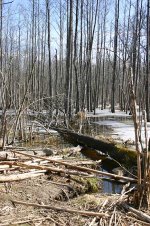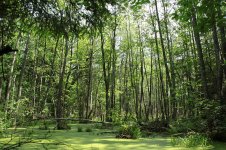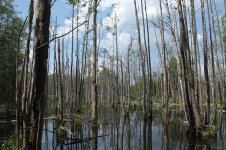Telephoto Paul
Well-known member
So beavers are back in the River Otter, after they were confirmed to be both of the Eurasian variety and disease free. They'll now be monitored during a five year trial.
http://www.theguardian.com/environm...ld-beavers-returned-to-their-devon-river-home
The results are going to be pretty interesting and important to the future of beavers in England. Compared to the Scottish trial, the location is less remote, so it should reveal more about beaver-human conflict (or hopefully, the lack of)
http://www.theguardian.com/environm...ld-beavers-returned-to-their-devon-river-home
The results are going to be pretty interesting and important to the future of beavers in England. Compared to the Scottish trial, the location is less remote, so it should reveal more about beaver-human conflict (or hopefully, the lack of)







